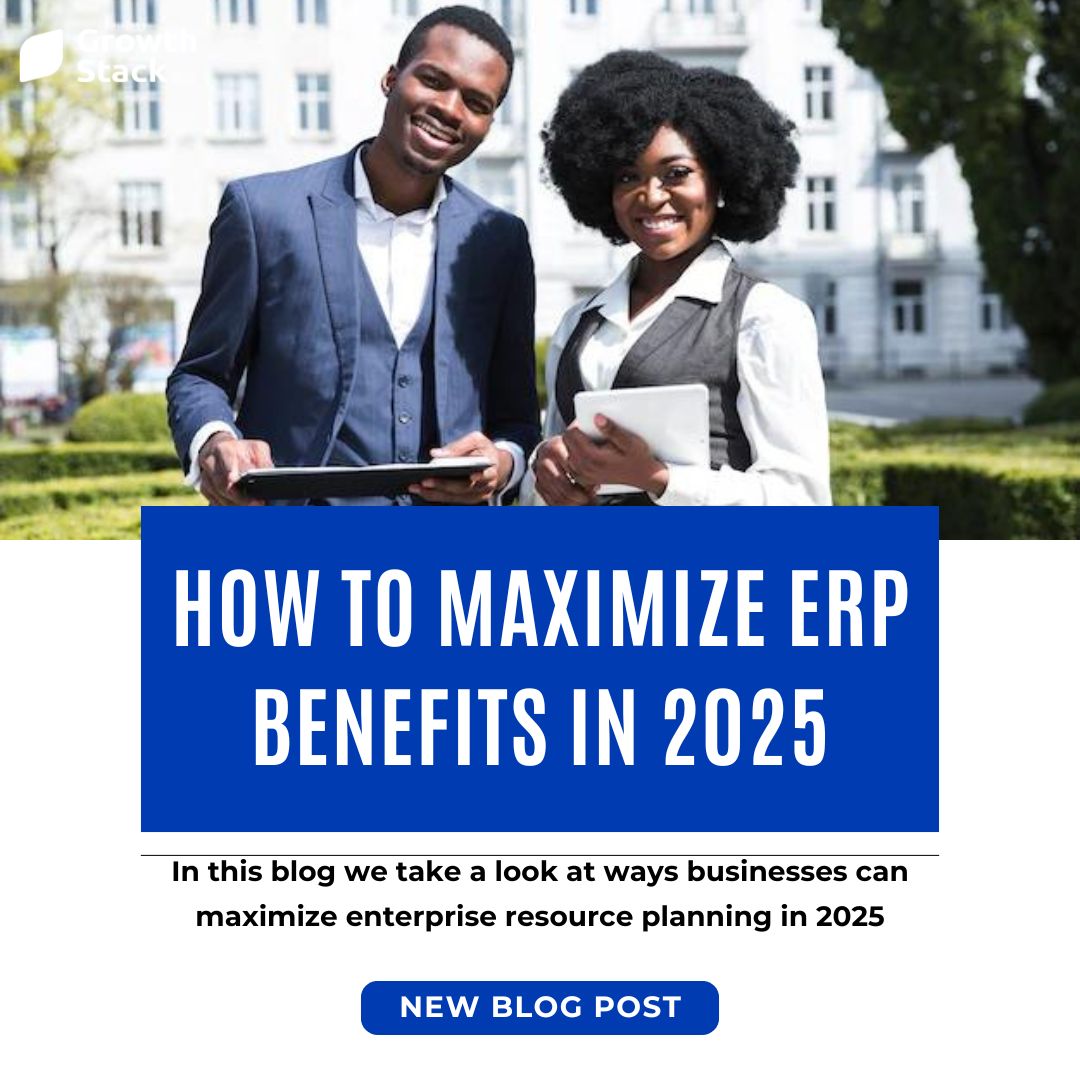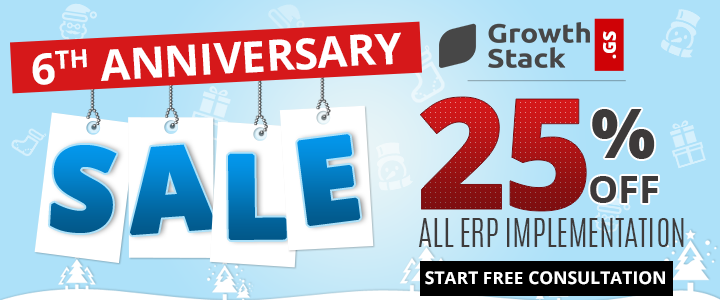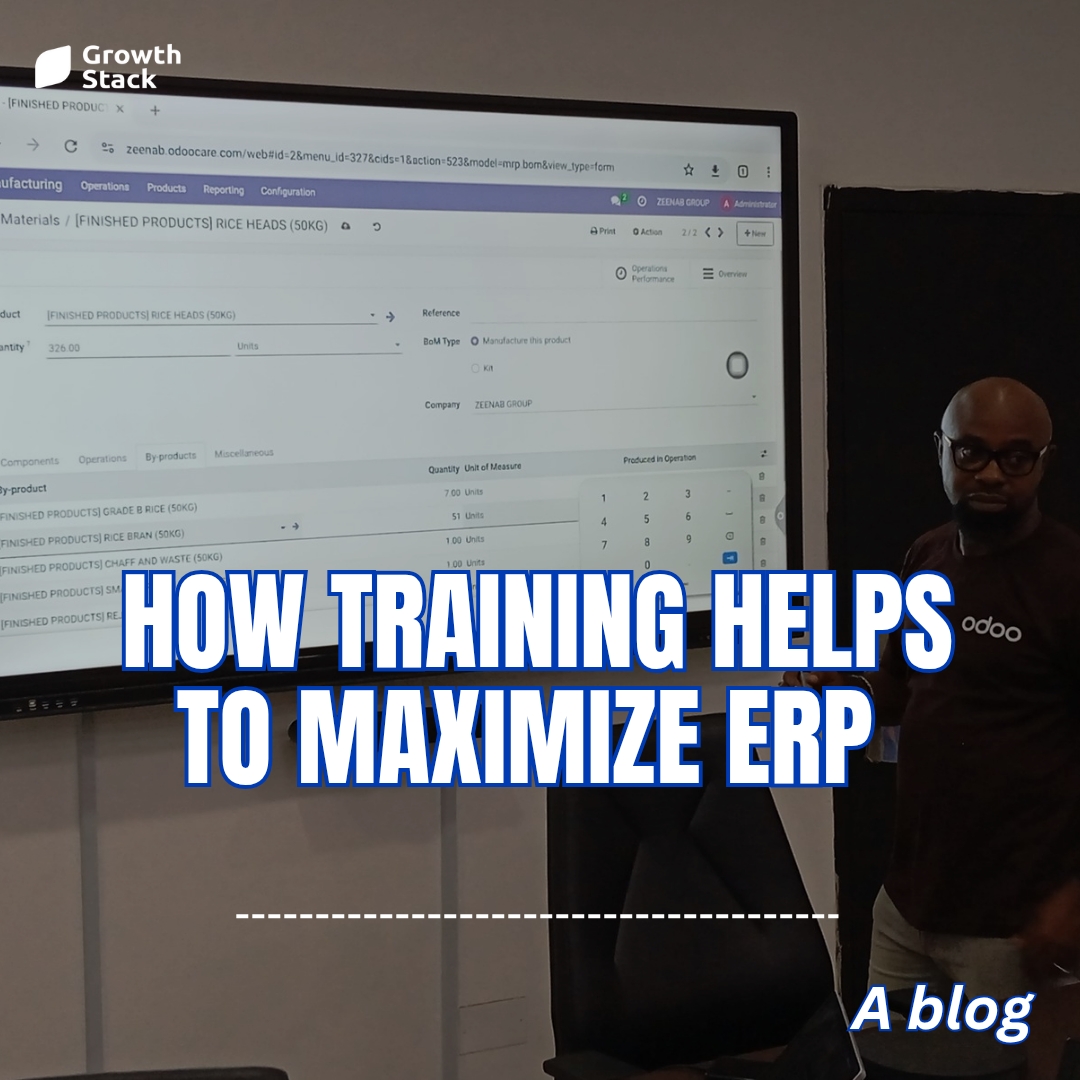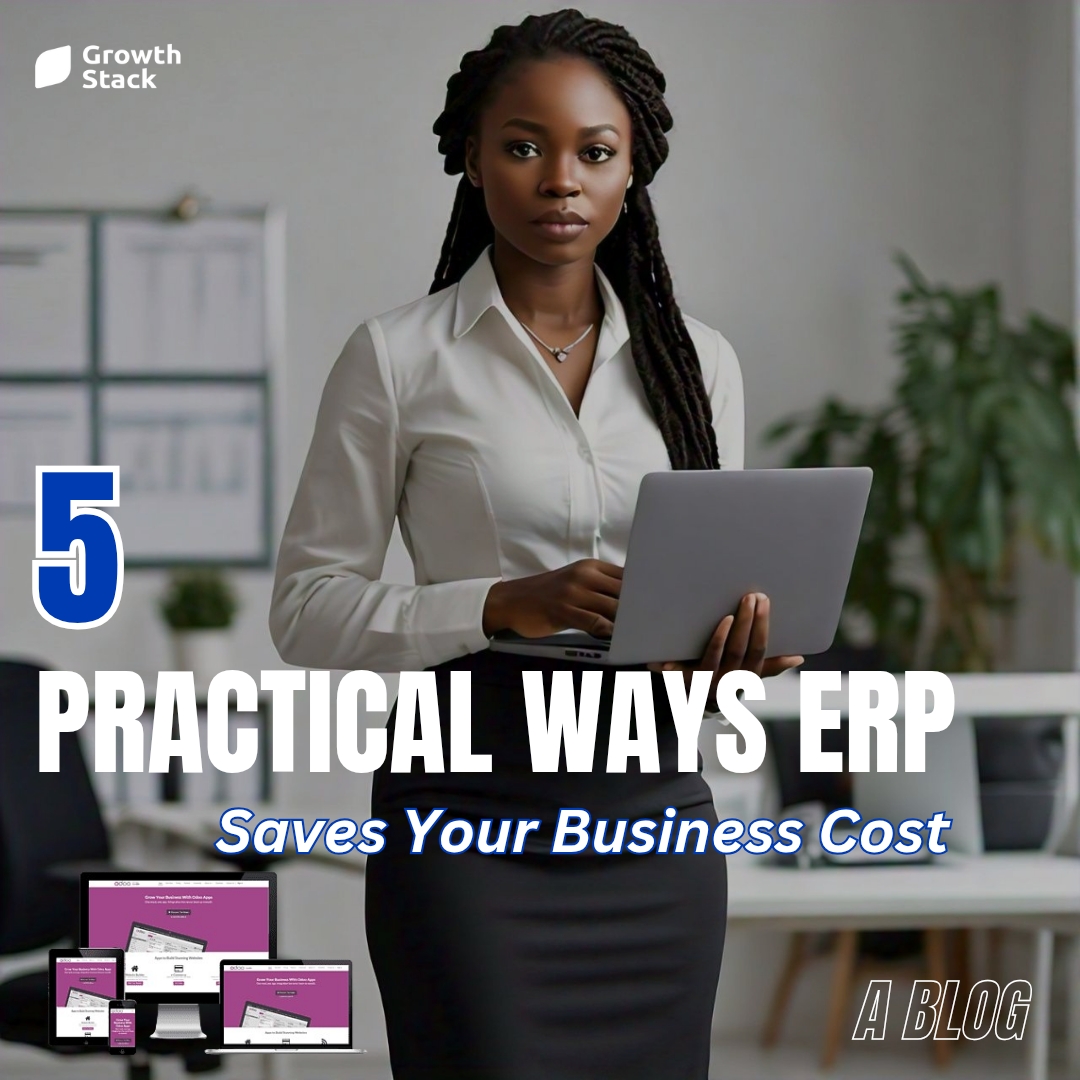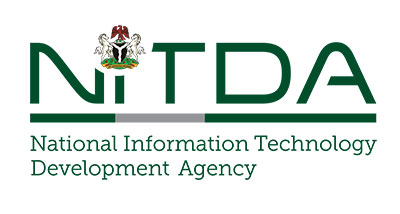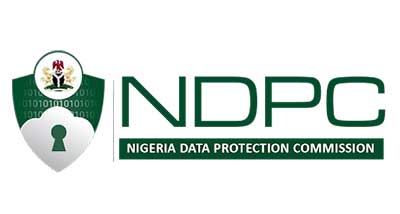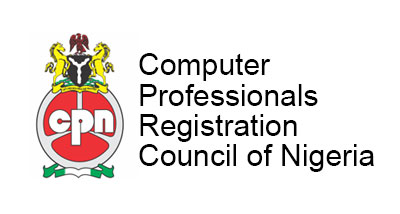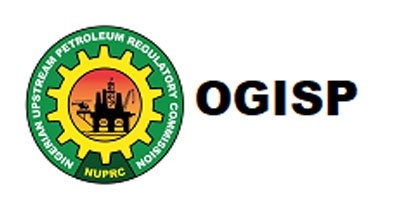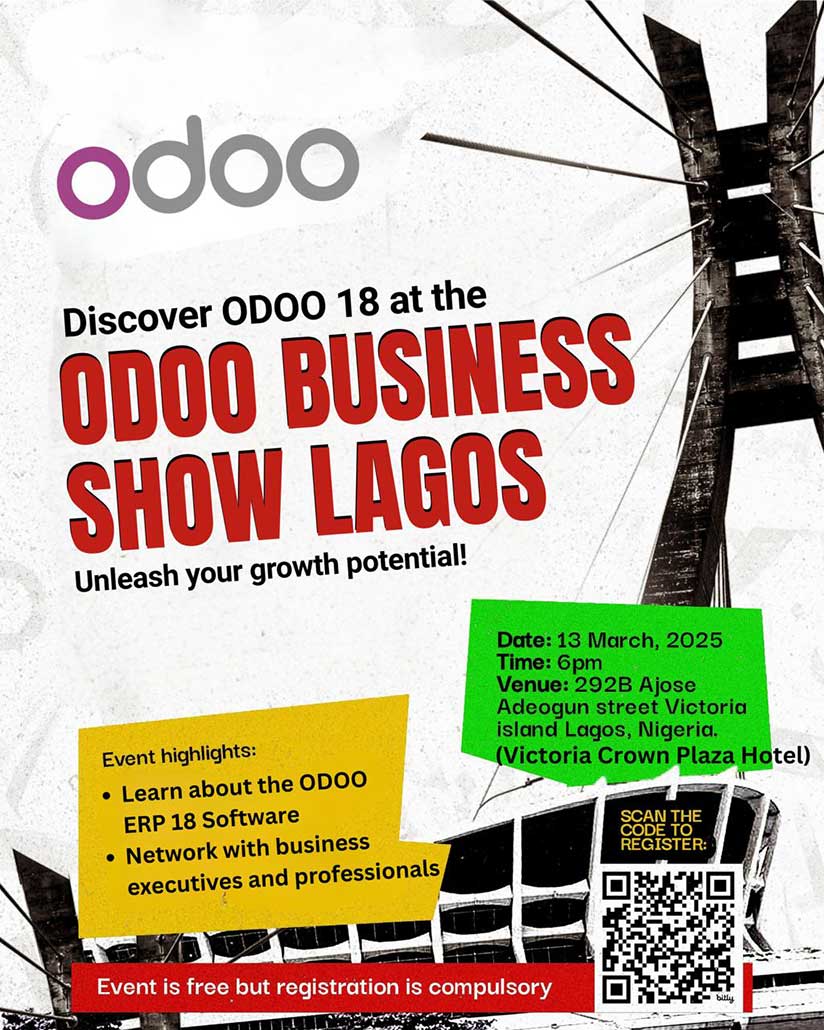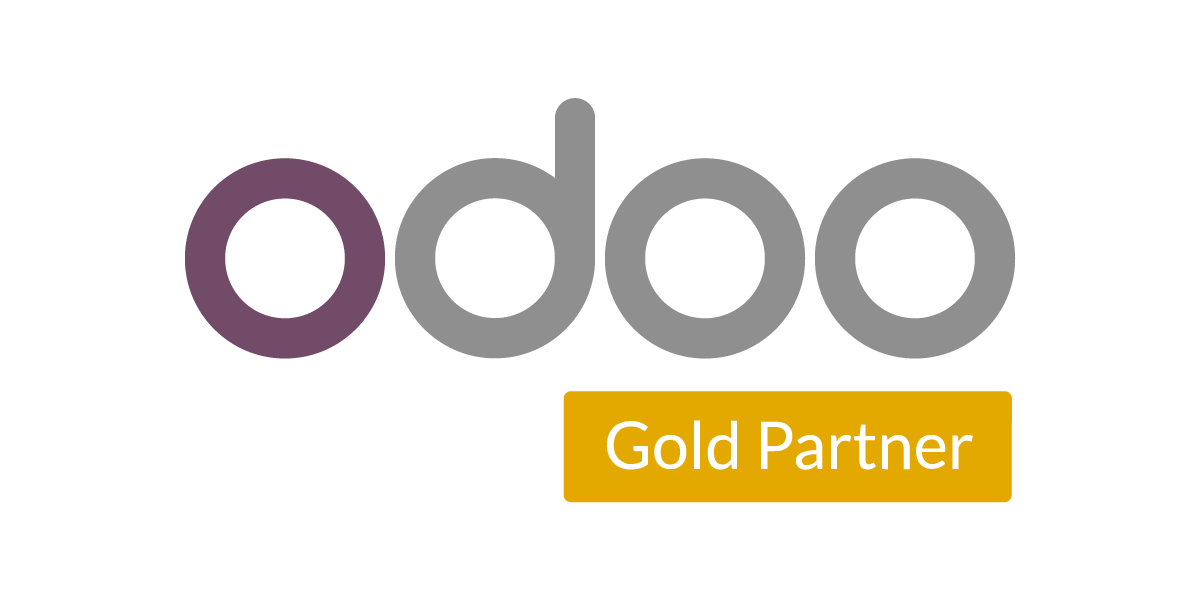Maximizing ERP Benefits in 2025: A Real-World Perspective
Enterprise Resource Planning (ERP) systems are no longer a luxury for businesses—they’re a necessity. But while ERP promises streamlined operations and better decision-making, the reality isn’t always straightforward. In 2025, the focus isn’t just on having an ERP system; it’s on maximizing ERP benefits in a way that directly impacts your bottom line.
Here’s how growing businesses can realistically get the most out of their ERP systems this year.
Understanding the Challenges Before the Benefits
If you’ve implemented an ERP system, you know the struggle of navigating a steep learning curve, adapting processes, and integrating existing tools. Many businesses invest heavily in ERP solutions, only to feel overwhelmed by the complexity of adoption.
But here’s the truth: maximizing ERP benefits in 2025 doesn’t mean doing it all at once. It’s about identifying areas where ERP can solve specific pain points and tackling those first.
For instance, if your warehouse operations often face delays due to manual inventory tracking, ERP tools can automate inventory updates and improve stock visibility.
How Real Businesses Are Maximizing ERP Benefits in 2025
Let’s look at a relatable example.
Case Study: A Mid-Sized Retailer Adopting ERP for Better Order Management
In 2024, a family-run retail business implemented an ERP solution to manage their growing e-commerce operations. Initially, the team struggled with integrating their website and third-party logistics providers.
By the start of 2025, they took a phased approach:
- Focused first on automating their order-to-shipping process, reducing manual errors by 70%.
- Integrated real-time tracking for their customers, which boosted satisfaction scores.
- Gradually expanded ERP functionality to include financial reporting and predictive analytics.
Their takeaway? ERP success comes from prioritizing fixes for the biggest bottlenecks before diving into advanced features.
Steps to Maximize ERP Benefits in 2025
1. Address One Pain Point at a Time
ERP systems are vast, but your business needs are unique. Identify a specific challenge, like automating payroll or streamlining supply chains, and focus your ERP efforts there first.
2. Customize Your ERP for Your Industry
Out-of-the-box ERP solutions rarely address every need. If you’re in manufacturing, invest in features like production scheduling. Retailers should prioritize inventory and sales tracking tools.
3. Make Training a Top Priority
A surprising number of businesses underutilize their ERP systems simply because employees don’t fully understand them. Invest in role-specific training to empower your team.
4. Set Measurable Goals for ERP Success
Define what success looks like. For example:
- Reduce manual data entry by 50% in six months.
- Cut inventory waste by 20% by Q3.
When goals are clear, measuring the ROI of your ERP becomes easier.
5. Partner with the Right Experts
ERP consultants can help you avoid common pitfalls and tailor solutions to your needs. Tools like our learning platform offer actionable advice and resources for businesses of all sizes.
Why 2025 Is the Perfect Time to Reassess Your ERP
Technology is evolving, and so are your business challenges. From integrating AI for smarter forecasting to leveraging cloud ERP for remote teams, 2025 offers opportunities to redefine how your business operates.
For example:
- AI Integration: Many businesses are using AI-driven ERP to predict inventory shortages and improve cash flow management.
- Cloud Adoption: Moving to cloud-based ERP has helped smaller companies scale without a hefty IT budget.
If you’re not upgrading or optimizing your ERP, you’re leaving efficiency and profits on the table.
Conclusion: Take Small, Strategic Steps to Maximize ERP Benefits
Maximizing ERP benefits in 2025 isn’t about having the flashiest system or the biggest budget. It’s about aligning ERP capabilities with your business goals, one step at a time.
Whether you’re a small retailer or a mid-sized manufacturer, focusing on tangible, incremental wins—like automating a manual process or improving data accuracy—can yield noticeable results.
The key is to keep learning, adapting, and optimizing. Start small, measure often, and build a system that grows with your business. After all, your ERP should work for you, not the other way around.
